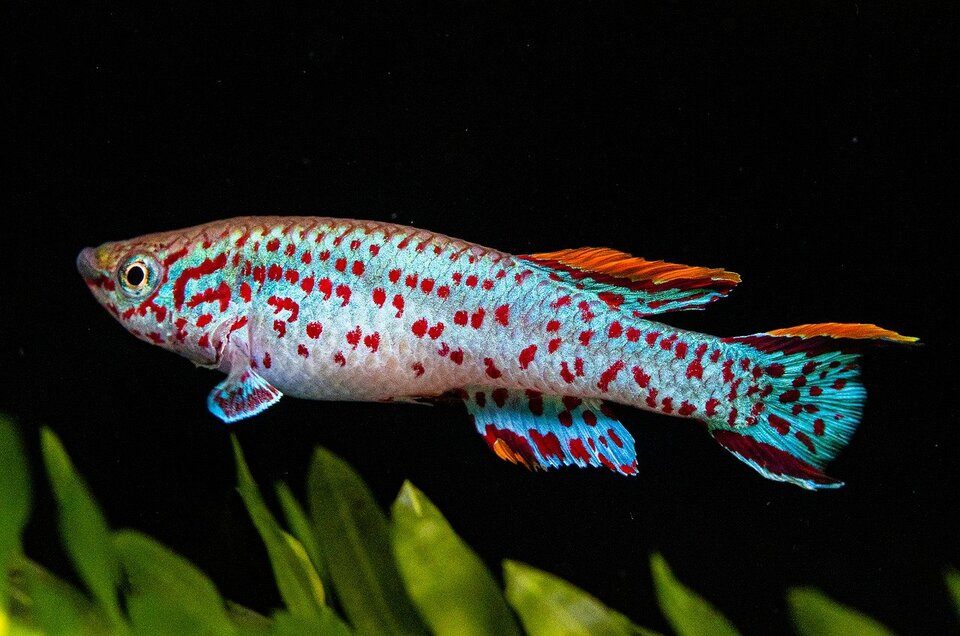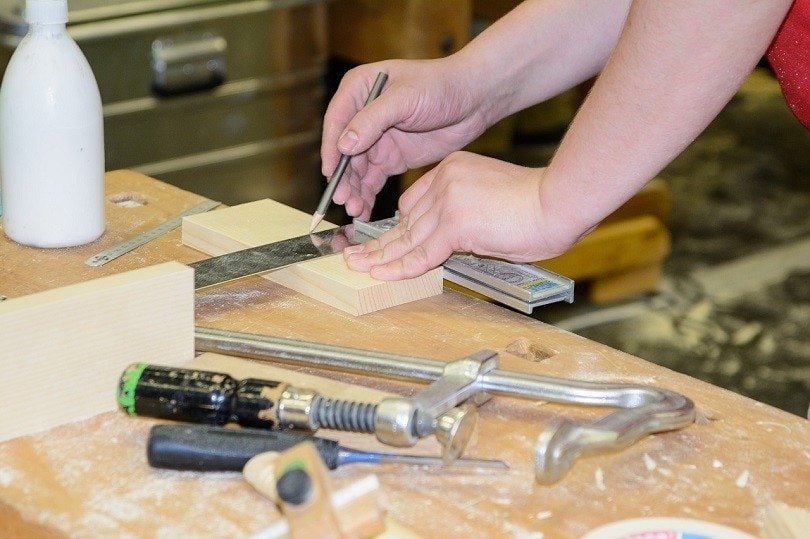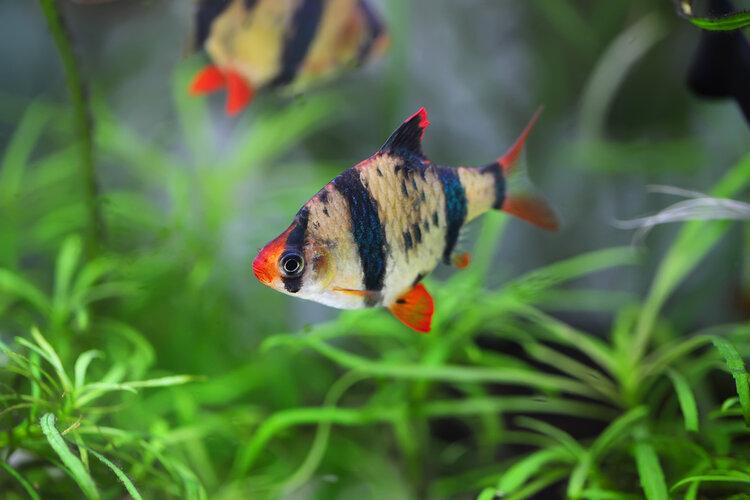How To Set Up A Bubbler In A Fish Tank (Simple Steps)

Updated on
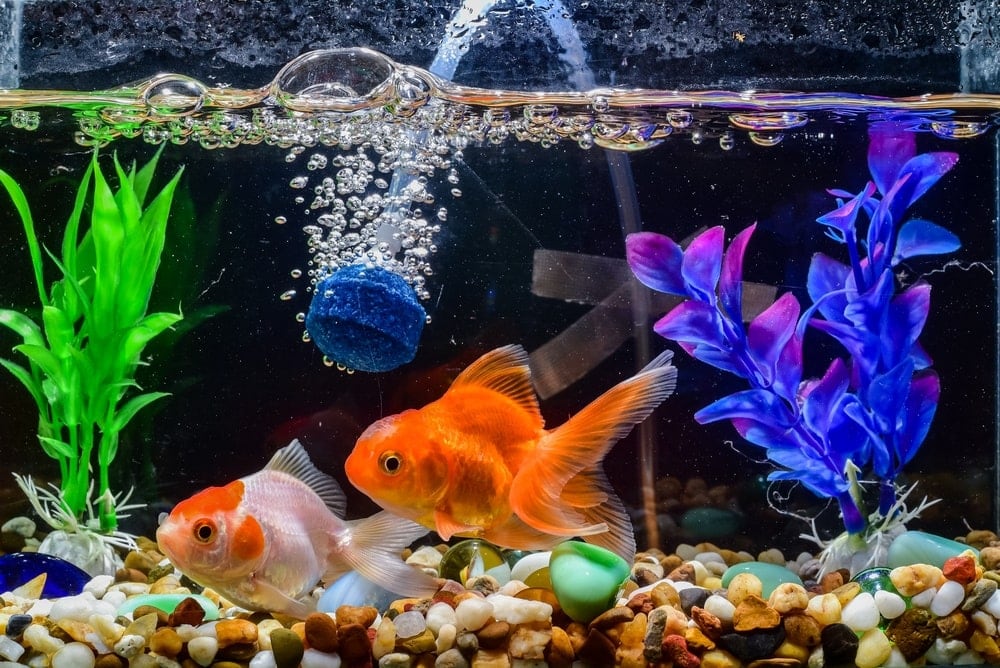
Maybe you already have a bubble and don’t know how to set it up, or maybe you have never had one before but are interested in getting one. The fact of the matter is that a bubbler, also known as an air stone, can be an essential part of an aquarium, especially where the well-being of the fish is concerned.
How to set up a bubbler in a fish tank, plus some other facts about bubblers, is what we are here to discuss.
What Is a Bubbler?
If you do not already know, a bubbler is also called an air stone. This device uses an air pump and a type of porous stone to produce air bubbles inside of an aquarium. It is actually quite a simple device, one that consists of nothing more than a porous stone or object, tubing, and an air pump.
The purpose of a bubbler or air stone is to create air bubbles inside of an aquarium, thus oxygenating and aerating the water, making it easier for fish to breathe.
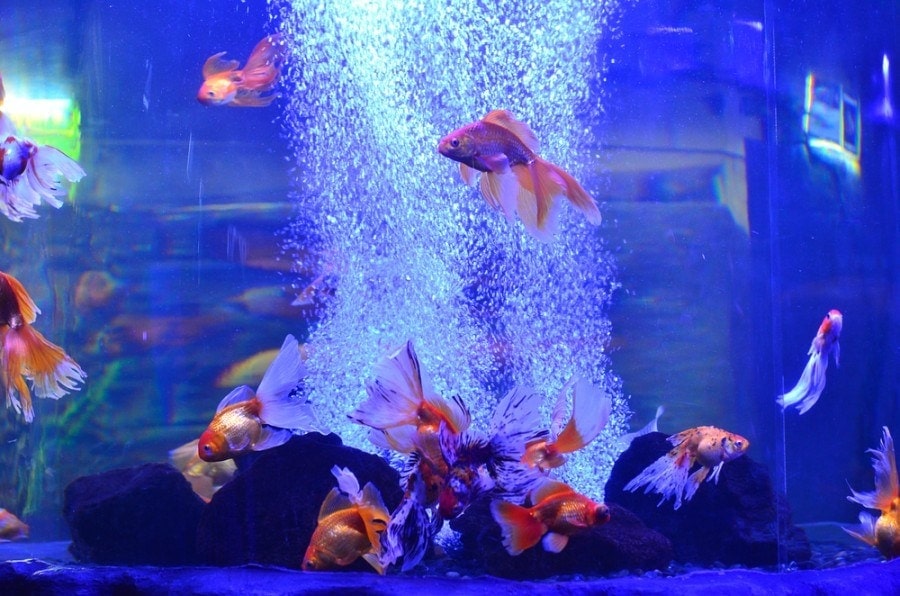
How To Set Up a Bubbler: A Step By Step Guide
To be quite honest, setting up a bubbler might just be the easiest part of setting up an aquarium. They come with very few parts, they require very little labor, and they can be set up within a matter of mere minutes.
Let’s go over a quick step-by-step process for setting up a bubbler in a fish tank. Keep in mind that these steps are intended for people who want to create their own setup from scratch, but some setups come more or less ready to go.
- Step One: Purchase the air stone and the corresponding accessories that you will need (we have covered our top 5 picks here). Some air stones or bubblers come with the tubing, and the air pump included, while others do not. The bottom line is that you need an airstone, an air pump, a one-way valve, a regular valve, and airline tubing.
- Step Two: First off, place the air pump outside of the aquarium and attach one end of the flexible airline tubing to the outflow valve of the air pump.
- Step Three: Now, you want to splice the regular valve you have purchased into the airline tubing. You want to do this about an inch or two from where you have connected the tubing to the air pump outlet. Use a sealing method that will ensure that no air comes out between the regular valve and the tubing. This regular valve is what you will use to bleed off excess air pressure and air that you do not want or need to make its way to the bubbler.
- Step Four: Next, you need to splice the one-way valve into the tubing. Do this about another 2 or 3 inches from where you spliced in the regular valve. This one-way valve will help to prevent the backward flow of air and water in the event of a power outage or some other kind of equipment failure. Once again, make sure to attach it securely so no air can get out.
- Step Five: Now, all you need to do is feed the airline tubing into the tank and connect it to the airstone of your choice. Place the air stone or bubbler wherever you see fit; we would recommend doing so at the rear of the tank, as you do not want a wall of bubbles obstructing your view from the rest of the tank. Be sure to use the bleed valve to adjust the airflow into the bubbler to your desired level.
Benefits of Having a Bubbler in Your Tank
There are a few different benefits that come along with having a bubble in a fish tank. Let’s quickly talk about these.
Increases the Amount of Dissolved Oxygen
The main benefit of having a bubbler or air stone in your aquarium is that it increases the amount of dissolved oxygen in the water. Fish, most of them, may not be able to breathe gaseous oxygen in the air, but they definitely need to breathe dissolved oxygen in the water. Without it, your fish will die.
Now, if you have a small tank with a couple of fish and a few plants, you probably will not need a bubbler. However, the heavier your bio-load is, or in other words, the more fish you have in the tank, the greater the demand for oxygen, but the lower the supply.
Therefore, if you have a heavily stocked tank, an air stone will be able to help your aquarium keep up with the oxygen demand.
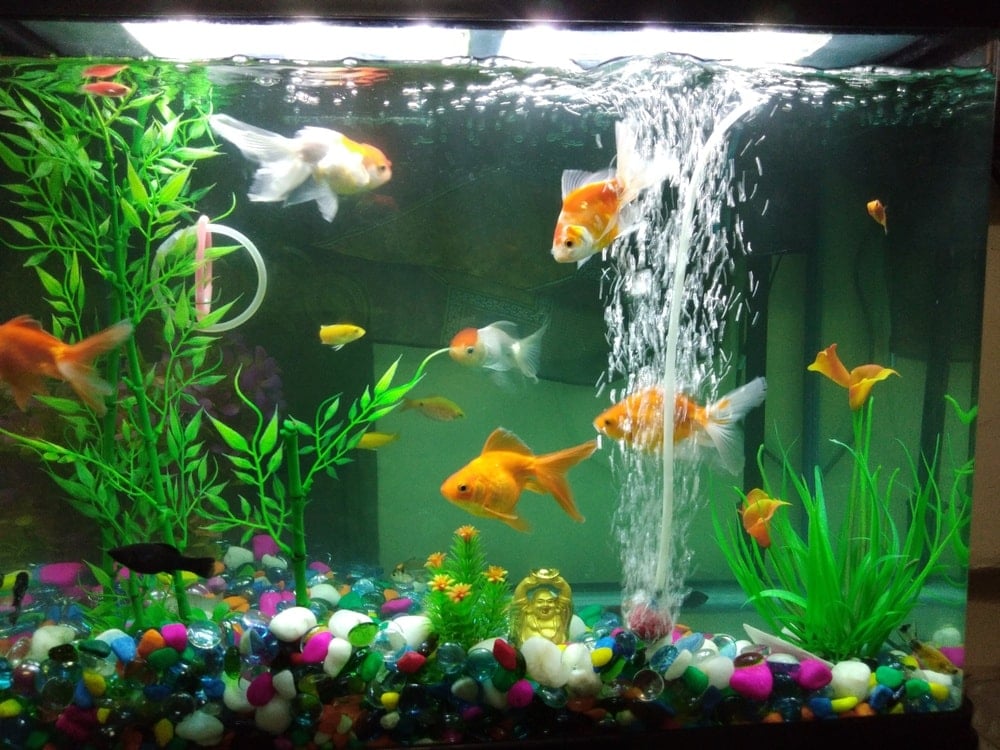
Helps with Unwanted Elements
Bubblers also serve the purpose of driving unwanted elements in the water to the top of the tank, thus causing them to dissipate from the top of the water. Carbon dioxide, other dissolved gasses, and other dissolved materials which you would rather not have in your fish tank will all be driven to the surface by a bubbler.
Even if the substances in question do not dissipate from the top of the water, the movement caused by the bubbler will help drive them to your filtration unit, thus helping your filter catch all of the stuff it is intended to filter out. In other words, it can help to keep aquarium water clean.
Aesthetic
The other use for a bubbler is purely aesthetic in nature. That wall of bubbles that an air stone creates looks really cool and can make for an entertaining feature in any aquarium. This is why many bubblers come in the form of decorative ornaments.
Conclusion
As you can see, an air stone or bubbler has quite a few benefits for any fish tank. Plus, they are really easy to set up, and as stated before, you can even get bubbler setups that come virtually ready to go.
See also: Do Betta Fish Need a Bubbler? Benefits & FAQs
Featured image credit: Chaikom, Shutterstock


